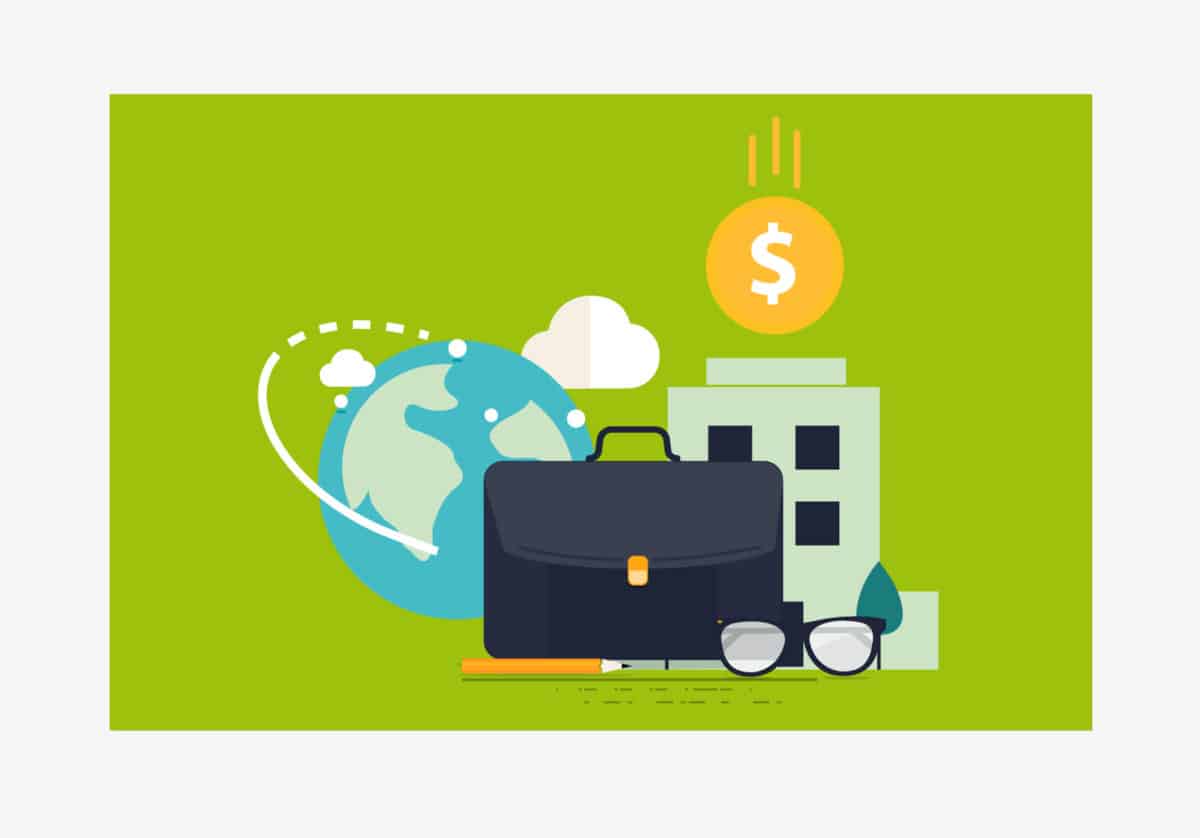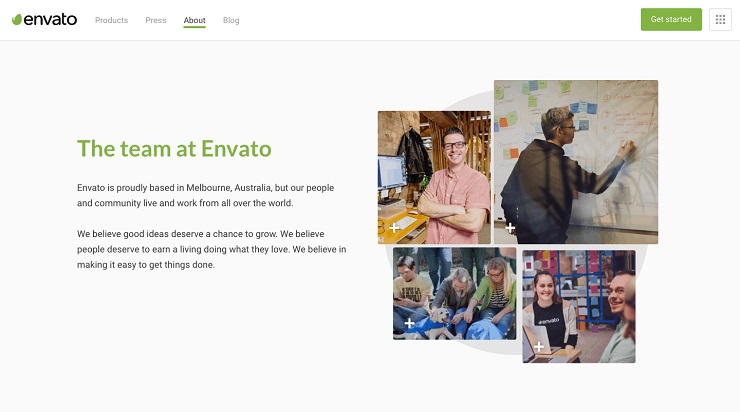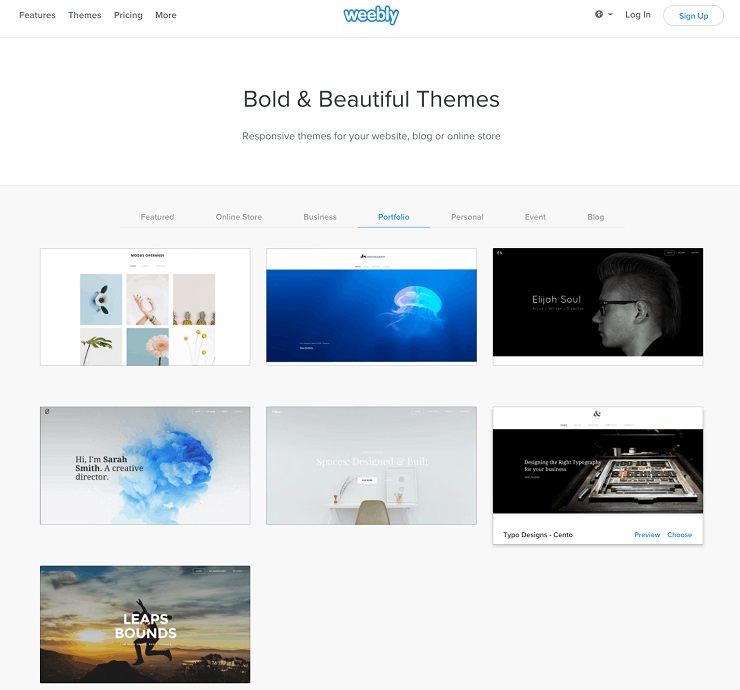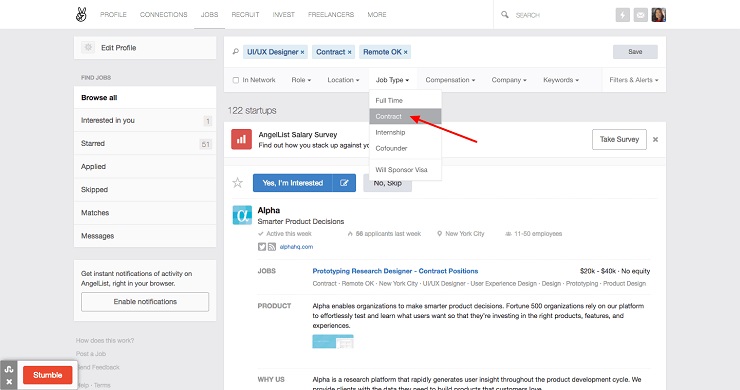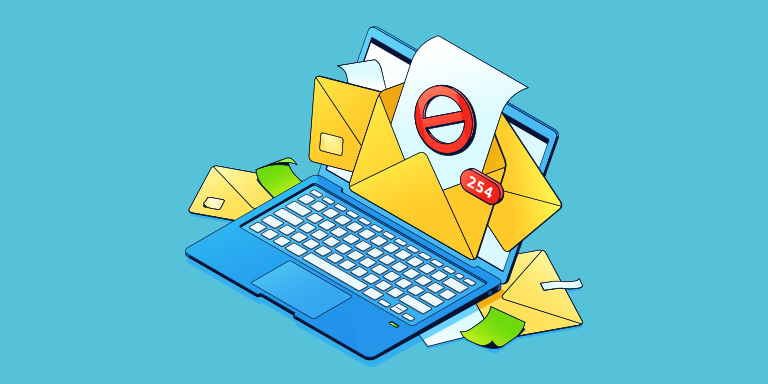Back in 2012, when I wanted to quit my job to start a business, I, like so many of us, read The 4-Hour Workweek. While I learned a lot from the book, it had an unexpected side effect—it paralyzed me.
I got caught up in the steps. Product creation, in particular, caused me to stall for months as I obsessed over finding the “perfect” business idea. I have a lot of respect for Tim Ferriss, but I disagree with some of his advice. For example, in the book, he urges readers to “ignore service businesses for now, as constant customer contact makes absence difficult.”
While I understand his book focuses on creating a business that requires as few hours as possible, for some (me included!), service businesses are actually a great place to start—a way to get the ball rolling, and a goldmine of entrepreneurial lessons and product ideas.
If you’re like I was back then—stuck on how to transition from employee to entrepreneur—selling services as a freelancer could be your ideal stepping stone. This is particularly true if:
- You have little funds to start a business.
- You’re stuck on the product creation part.
- You’re desperate to leave your 9-to-5 ASAP.
Let’s dive deeper into why you might want to consider selling services as your first business.
How Freelancing Can Help You Transition from Employee to Entrepreneur Life
Of all the types of businesses, freelancing is the among the cheapest and simplest to start.
Many aspiring entrepreneurs who are feeling stuck, particularly those who have been stalling for months or years, simply don’t know where to start. Like me, they can feel overwhelmed by all the steps required to start a product-based business.
A freelance business has low barriers to entry, so it’s easy to launch. Unlike some businesses, such as restaurants, which require health inspections and employees, or fashion ecommerce sites, which require manufacturing and shipping, freelancing requires as little as a local business license (if even that) and yourself to get started.
Additionally, with freelancing you can minimize risk because you don’t need physical products. There’s a scene in the movie Pursuit of Happyness that illustrates this perfectly. Salesman Chris Gardner has invested in expensive bone density scanners, which he must sell to physicians. Unfortunately, he’s unable to sell all the machines he bought, and now he’s stuck with product he can’t sell and bills he can’t pay. (Skip ahead to today and the real-life Gardner is now a successful multimillionaire investor, by the way. He learned from his mistakes.)
If you sell services, you can avoid that problem altogether. If if turns out people aren’t interested in your services, you can simply switch gears to something else, and you don’t have to worry about unsold inventory. It allows you to fail fast and pivot immediately.
Lean Freelance Startup Costs
How much does it cost to start a freelance business? Here are some typical expenses:
- Website – $0
Get a starter website for free with services such as Weebly or Wix. (You can upgrade to premium sites later.) - Accounting software – $0
Wave’s accounting software is free. You can use it to track expenses, send invoices, and pull reports. - PayPal -$0
PayPal is an easy way for clients to pay you online. - Time tracker – $0
I use the free version of Toggl to track time spent on client projects. - Business license – $30 (Varies widely)
This varies widely depending on where you live and the type of business you’re starting. You usually have to check at the city, county, and state level to see if you need a license or permit to start your freelance business. When I started freelancing, the city I lived in required a business license for it, and it cost me about $30 and a few minutes at city hall to get one. - Office – $0
If you work from home, which many freelancers do, you’ll save on office costs. You may even be able to write off part of your rent and utilities.
Obviously that doesn’t include everything for every freelancer. Freelance graphic designers, for example, may need to pay for software like Adobe Illustrator, and freelance photographers will need camera gear. However, the above examples show that your basic freelance costs can be reduced to very little, or nothing at all.
Worried about ditching the security of your 9-to-5 job to branch out into the exciting world of entrepreneurship? We understand and we got you covered!
Click Here To Get Our FREE “Ultimate Step-By-Step Guide To Leaving Your 9-5 Job!”
Freelancing Can Fund Your Business Idea
Low on funds, but hesitant to take out a loan? Try freelancing to fund your business idea. Envato founders Collis and Cyan Ta’eed started as freelance designers and used their income to fund the website build of Envato, which sells WordPress themes and other creative assets for freelancers.
Cyan said in an interview with Smashing Magazine that he and his wife’s freelancing is the reason they did not have to rely on external funding for their business:
So in the daytime we would work our freelance jobs and then at night and on the weekends we’d work on FlashDen. It was very hard work and I remember going literally months without a day off from long, double days. But it all paid off because the hard work meant we didn’t need to borrow or take investors and that’s given us a lot more freedom now!
Now Envato employs more than 250 staff worldwide and has generated over $50 million in revenue without external investment.
Instead of finding investors or taking out loans, you can sell freelance services based on the expertise you already have, and invest that income into your product-based business.
Freelancing Gives You Experience and Product Ideas
If you sell services, you’ll get a chance to work with clients and solve real problems. This experience can give you new business ideas, and this works particularly well for information products such as courses or books.
Just look at Caitlin Pyle, president of BCP Media. She began as a freelance proofreader and productized her knowledge into the popular proofreading courses she now sells.
“Personally, I never would’ve been able to create Proofread Anywhere’s online courses if I hadn’t actually provided proofreading services myself for six years beforehand,” Pyle said. “If I’d refused to learn any of those skills or told myself ‘It’s too hard!’ then I’d likely still be a service provider earning $40k a year … not managing my multimillion-dollar media company less than three years later.”
Ross Simmonds, founder of content curation tool Crate, leveraged his freelance marketing business as a way to learn from the startup founders he sought to emulate.
“I used consulting as a launching pad,” Simmonds wrote. “Focusing on servicing tech startups allowed me to connect with founders who could teach me about the role while I taught them about marketing.”
If you’re struggling to come up with ideas for a business, working one-on-one with your freelance clients will help you gain knowledge you can later turn into products. It may even give you fresh perspective that will spark new business ideas.
Freelancing Teaches You Core Business Skills
Maybe you still harbor hopes of building a business empire that involves products and employees. That’s fine! Freelancing can set you up for that.
When you start as a freelancer, you will inevitably learn the skills you need to be a successful, product-based entrepreneur. It’s sort of like a business bootcamp, because you will be all the departments: Marketing, Accounting, and Customer Service, to name a few.
As a freelancer, you’ll be forced to master these essential entrepreneurial skills:
Self-management
One of the most important things you need to learn as an entrepreneur is how to manage yourself. With no boss telling you what to do, you need to quickly ascertain which tasks contribute to business growth, and which ones are just wasting your time. Once you master self-management, you’ll be able to move on to managing employees.
Customer service
Working with clients provides you the opportunity to develop close relationships with the people you do business with. You’ll personally field everything from business inquiries to support questions, helping you to hone your customer service skills. Having happy clients now will help you have happy customers when you build your product-based business later on.
Sales and marketing
It’s unavoidable as a business owner of any kind—you’ll have to learn how to sell. Working as a freelancer will teach you how to market your business, capture and convert leads, negotiate contracts, and close deals, all of which are essential for selling products too.
Worried about ditching the security of your 9-to-5 job to branch out into the exciting world of entrepreneurship? We understand and we got you covered!
Click Here To Get Our FREE “Ultimate Step-By-Step Guide To Leaving Your 9-5 Job!”
4 Steps You Can Take TODAY to Transition From Employee to Entrepreneur
Since this article is all about getting you unstuck, I want to leave you with some actionable steps. I don’t want to overwhelm you with details, so these are four steps that skim the surface, but can give you much-needed momentum as you work toward entrepreneurship.
1. Start by selling services you currently do at your desk job
“What should I sell?” is always a huge hangup for aspiring entrepreneurs. I’ve got good news: There’s no need to reinvent the wheel. If you’re currently an employee, you’re already being paid for your services—you’ve validated your freelance business idea! For example, I was working on the marketing team of a startup. So what did I do? I started selling freelance marketing services to startups. This helped me make a smoother transition from employee to entrepreneur.
2. Set up a website
When you start out, you don’t need anything fancy. Building an intricate website can easily turn into another barrier to entrepreneurship for you. Keep your costs to a minimum by setting up a basic free website. In 2012, I used Weebly to showcase my marketing and writing samples, and guess what? I landed my first few freelance clients with that website. Obviously, as you grow you’ll want to upgrade to a premium site, but for now, free works fine.
Weebly has many professional-looking themes for your freelancer portfolio site. All it takes to install the theme is a click of a button, and you can fill in the template with your details.
3. Calculate your freelance revenue goal and set your prices accordingly
Don’t simply base your target freelance income off your current employee income. Freelancers have things like self-employment tax and business expenses to factor in.
My formula for calculating a revenue goal as a freelancer?
(Personal expenses + business expenses + savings goal)/0.7 = Freelance revenue goal
Make sure you know what your personal expenses are. If you don’t keep track, you can figure out a number by looking at your last month’s bank statements. For “business expenses,” if you’re not sure, look at the software and other items you may need as a freelancer and make an estimate.
As I discussed in an earlier section, your freelance business expenses can be kept extremely low. The “savings” part is for you to set aside savings for your personal benefit or to invest back into your product-based business. The “0.7” represents the roughly 30% you should set aside for income taxes (an estimation, as this percentage is dependent upon your income tax bracket, but 30% is a good place to start without getting overwhelmed by the details).
Using the above formula, an example of monthly expenses for someone calculating a freelance revenue goal could be this:
Personal expenses: $2,367
Business expenses: $103
Personal savings to set aside: $470
30% to set aside each month to pay income tax: $1,260
Monthly freelance revenue goal: $4,200
From this example, we see that this freelancer’s goal should be to make at least $4,200 per month, or $50,400 per year, in gross revenue to cover their personal and business expenses, plus be able to set aside $470 monthly for personal savings. That income goal will still give them room to set aside 30% of their income ($1,260) each month to pay income taxes. While other expenses may pop up on occasion, this is a good starting point to help you make informed decisions on how much to charge as a freelancer.
4. Start lining up clients
Admittedly, this is one of the hardest aspects of being a beginner freelancer. My advice? Start with your network. Let your friends and family know you’ve begun to sell freelance services and let them know how interested people can get in touch. I’ve also had great results pitching my services to startups on AngelList and ProBlogger, and even landed awesome clients by putting up ads on Craigslist!
AngelList now allows freelancers to offers their services for free.
But don’t stop there. You can also look at the “jobs” section on AngelList, select “Contract,” and, if you want, “Remote OK,” to find freelance gigs that allow you to work remotely.
Next, set a transition date for yourself. If you want to leave your job in three months, start booking clients for that time. Realize some clients won’t be able to wait three months for you, so if that’s the case, you have two options: One, you can wait until closer to your last day of work to start booking clients. Two, you can start working with clients now on weeknights and weekends.
Worried about ditching the security of your 9-to-5 job to branch out into the exciting world of entrepreneurship? We understand and we got you covered!
Click Here To Get Our FREE “Ultimate Step-By-Step Guide To Leaving Your 9-5 Job!”
Conclusion
As you can see from the examples, many successful business owners used freelancing as a way to transition from employee to entrepreneur. I understand why Tim Ferriss cautions against selling services—it’s an easy way to get sucked into selling your time (which has an income limit and is not scalable). However, freelancing can be a great first-time business for the following reasons:
1) It’s simple and inexpensive to start.
2) It allows you to fund your product-based business without taking out loans.
3) It helps you gain experience and ideas to develop a product later on.
4) It teaches you essential skills you’ll need as a product-based business owner.
If I had waited to find the “perfect” product idea, if I had waited on finding a manufacturer, creating prototypes, and fine-tuning distribution, I never would have quit my job! Freelancing has given me the freedom to create my first digital product, work on new business ideas, and get my feet wet in the entrepreneurial world.
So if you’re stuck on finding a way to transition from employee to entrepreneur, consider launching a freelance business. While freelancing may not be where you end, it can be a great place for you to start.
Have you considered freelancing as a way to fund your startup idea or gain experience you can turn into a product? Tell us about it in the comments! We love to learn from our fellow entrepreneurs about how they’re achieving their dreams.
